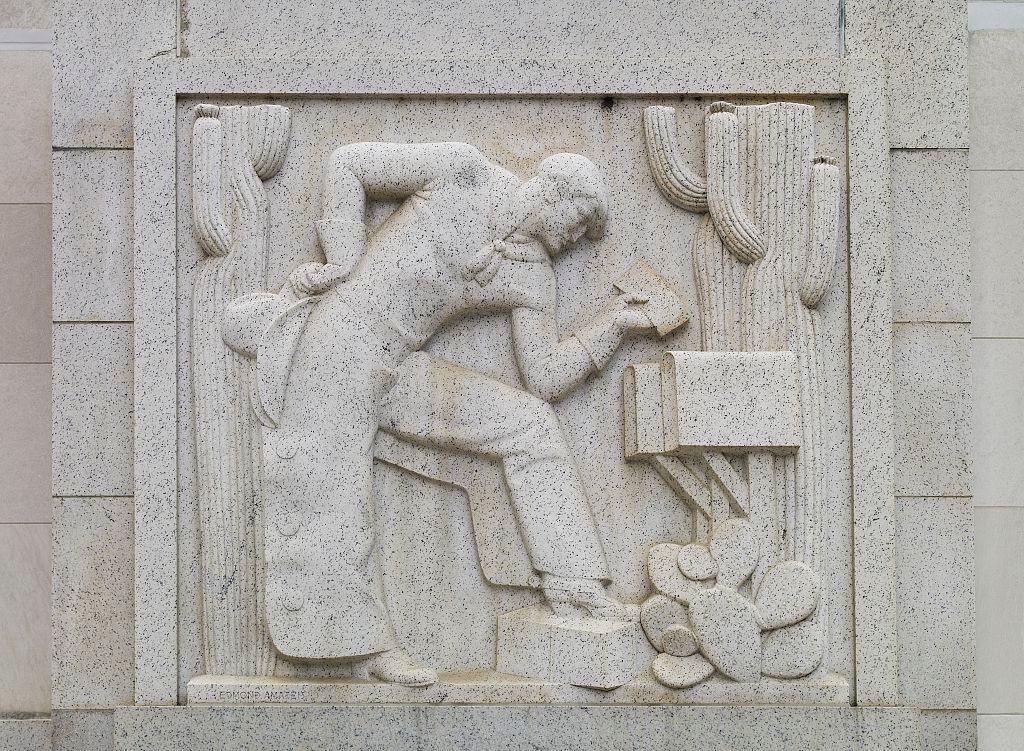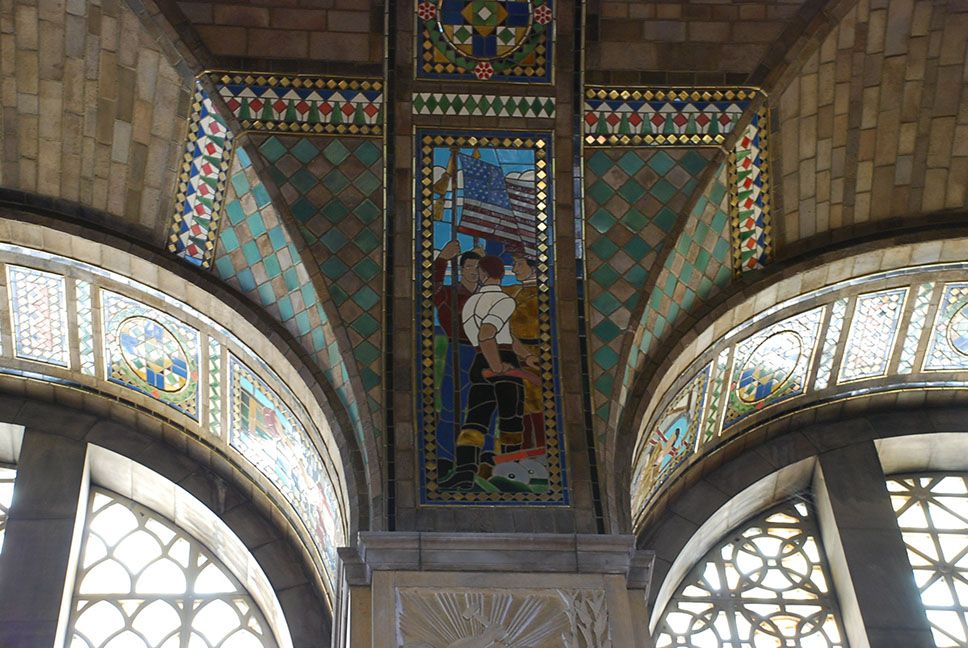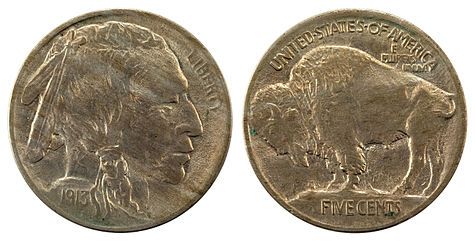
Chasing Beauty
AP contributing editor Carolyn Stewart sat down with architect, teacher, and culture writer Witold Rybczynski to explore the nature of home, innovation gone awry, and whether beauty has principles.
Carolyn Stewart: Next year’s Met Gala will be themed, in part, around your 1986 book Home: A Short History of an Idea. This will be the first Met Gala since the pandemic, and the curators clearly wanted a theme that would resonate in the current moment. Did the pandemic shift our understanding of comfort and expectations for our home environments?
Witold Rybczynski: The short answer is probably no. The media love to think so, but historically pandemics have rarely had huge cultural effects. Who today remembers the great 1968 flu pandemic? There are exceptions. In the Middle Ages, if you started sneezing, that meant you had probably caught the plague, and you were most likely going to die. So when a person sneezed, you would say something like “Bless you,” or “Good health” in other languages—“Gesundheit.” When you sneeze today you’re not in danger of dying, but we still say “Bless you.”
An aspect of culture that does change is fashion—wearing decorated masks, bumping elbows—but fashion tends to have a very short life, a season or two. Think of how fashions changed men’s facial hair, for example. I remember Tom Wolfe talking about the “sideburns fairy.” One night, the sideburns fairy came around and touched men, he said, and they all sported sideburns—and then the sideburns disappeared just as quickly. Fashions don’t last long.
CS: Our notions of domestic comfort also seem to constantly change, as you point out in Home.
WR: Our idea of comfort does change, but very slowly. People no longer dress for dinner, for example, but we still like to gather the family around a dining table for special holidays.
Privacy, comfort, and domesticity are all cultural inventions. There’s nothing particularly natural about comfort. In the Middle Ages, homes were not furnished for comfort. They were more like public places, busy, full of people, family, servants, workers—an impersonal atmosphere, and no privacy.
I think one of the impacts of Home was that it reminded people that a concept like comfort had a history, and that it didn’t appear overnight; it had to be invented, and it had to take root. That took a long time. Our current notion of domesticity—that your home is a special place—has deep roots and is even encoded in our laws: the doctrine that a man’s home is his castle, for example. Things that take a long time to become established don’t change overnight. It’s not impossible that one day we’ll decide that our homes should be more like anonymous hotel rooms, that they’re not personal and there’s no reason to give them special treatment, but that would take a long time. It would be a sea change in the way we think of home.
CS: You recently wrote that contemporary architects “look only in one direction—ahead.” They prioritize invention and originality at all costs, despite the importance of imitation as the “foundation of creativity in architecture.” What overlooked aspects of classical architecture deserve to be rediscovered in the current moment?
WR: Well, there are many. Architects can learn a number of things from looking at the past, for example, the long tradition of architects working with artists. Art was always an integral part of architecture. I’m not talking about sticking a statue in front of a building. Think of Greek temples, or Gothic cathedrals, or painted Baroque ceilings, or Art Nouveau interiors with all those leaves and twisting tendrils.
In Renaissance buildings, for example, doors were beautifully sculpted objects. This was not arbitrary decoration. The door marks an important moment; it’s the threshold, it’s where you enter a different world. That’s why we still decorate our front doors at Thanksgiving and Christmas. Renaissance doors had sculpted panels that could be tailored to a building’s use. If it was a place of worship there could be religious motifs, scenes from the lives of the saints, and so on. The door to a residence would be different.
CS: Has American architecture ever embraced art beyond its decorative function?
WR: The last moment when this happened was probably the Thirties. There’s a building in downtown Philadelphia on Chestnut Street, the Nix Federal Building, which houses a courthouse and a post office. It was built in 1937–41. Its architect was Harry Sternfeld, not a famous architect but a very good architect. The facade has beautiful bas-relief panels of muscular men and women holding scales of justice and other motifs that communicate the building’s function. The artist was Donald De Lue. You can’t mistake this for an office building or a department store; it’s clearly a civic building.

Art that’s integrated into a building is like a layer of meaning on top of the architecture. An architect can design elegant details, but that doesn’t mean much to the average person. On the other hand, art is something that people understand; it functions on a different level. The Works Progress Administration buildings often had murals. These kept artists busy, but they also made the buildings more purposeful, because they often included regional themes or local historical scenes. It was something to look at while you were lining up in the post office.
An outstanding architect of the early 1900s, Bertram Goodhue, who designed the Nebraska State Capitol and the Los Angeles Central Library, said that he wanted to be one of three people working on a building, together with a painter who would do paintings and murals, and a sculptor who would do bas-reliefs and sculptures. Goodhue recognized that there were limitations to what an architect could accomplish alone. The poverty of so much modern architecture is the result of not having art in the building. There are dramatic spaces and lots of glass, but that’s just not enough.

CS: If our public buildings had beautiful murals, maybe we wouldn’t be glued to our phones. Perhaps we retreat to our phones because our surroundings don’t grip our attention.
WR: That’s true. Having said that, of course, you need the artists and the architects to be on the same page, aesthetically. In the 1930s, teams of architects and artists designed many buildings together, not just one. So they had a working relationship; they were regular collaborators. Today, the federal government has percent-for-art programs for federal buildings, but it usually means that an artist is hired, and working independently does something for the plaza outdoors. Sometimes there are murals or paintings inside the building, but they seem disconnected from the architecture, and the architects seem uninterested in them. In the past, what made the art in a building so successful was that the architects and artists spoke the same language. It was often the language of classicism, but not exclusively so. You can find the same thing in Art Deco buildings, or Art Moderne buildings like the Nix Federal Building.
CS: In a building’s lifetime, there is a particularly dangerous period where the building is old enough to need significant investment for repairs, but not old enough to be seen as unique and worth the cost of preservation. This is the timeframe when many homes, buildings, and train stations bite the dust. What kinds of buildings are currently in the architectural danger zone?
WR: Let me answer that this way. If you look at our history, those federal buildings from the Thirties, when architects and artists collaborated, tend to be well maintained and preserved. These buildings are almost a hundred years old now, and most of them are cherished. People make an effort to find new uses for them—like the Carnegie Library in D.C., which is now an Apple store. Buildings changing function is a big part of the story of architecture. And buildings get altered in the process—you can’t make a library into a computer store without making some pretty significant changes, particularly inside. That’s how architecture has always been. There are famous museums that were once palaces; the Louvre is a prominent example. It works pretty well as a museum. So we see that form doesn’t necessarily follow function, or vice versa.
As to which buildings are in the danger zone, mid-century modern buildings are in a lot of trouble. They don’t have evident qualities that appeal to a lot of people, other than architects and specialists; the public bears them no affection. Brutalist buildings are likewise unloved, not only because they are clunky-looking and unappealing. Anything built with a lot of concrete is in trouble, because while concrete is a wonderful material for structure, it’s terrible as an external finish. It’s porous, it absorbs pollution, it streaks and stains, it’s not nice to the touch, it even smells bad when it’s wet. The Romans were the first to build in concrete, but they covered it with marble. Marble and granite have veins and textures and interesting colors, and they resist the elements. But buildings that have exposed concrete don’t age well and they’re very expensive to renovate or restore.
And post-1950 buildings don’t last. In a Getty Museum symposium on renovation, one of the curators pointed out that old buildings tended to require renovation after about a hundred and twenty years; eventually stone has to be repointed and cleaned and so on. But modern buildings last less than sixty years, so only half the time. And sixty years is pretty optimistic. A lot of buildings don’t get past twenty or thirty years before major maintenance work has to be done on them.
CS: You spent eight years serving on the United States Commission of Fine Arts, which advises the U.S. government on everything from national memorials to coins and congressional medals. Did that experience leave you feeling more optimistic, or less, about the U.S. government’s ability to convey American values through stone, metal, and landscaping?
WR: Federal buildings are not designed by the government but by individual architects. One of the things I learned was that you can’t teach bad architects how to make good architecture. The commission would make comments and suggestions, and good architects always reacted well. They knew what to do with those suggestions. But with bad architects, no matter how hard we tried, the designs never really improved.
The federal government is directly involved in the design of coins, and all coins produced by the U.S. Mint are reviewed by the Commission of Fine Arts. This was sometimes frustrating, because many contemporary coin designers are trying to reinvent the wheel. For example, ever since Roman times, human personages have been represented on coins in profile. The reason for this is that a coin is tiny, and a profile in low relief is easy to recognize compared to a full-frontal view. Think of traditional designs like the old Roosevelt dime (1946) and the JFK half dollar (1964). But almost without exception, modern coin designers avoid profiles and try to be “original,” using head-on or three-quarter views. The 2006 Jefferson nickel, which has an awkward (to my eye) three-quarter view of the President on the obverse, is an example. The attitude seems to be, “A modern coin can’t be like what they did a hundred years ago; we need to invent something new. Never mind the useful lessons of history.” That is a shame. We have had some beautiful U.S. coins: the Buffalo nickel, also called the Indian Head nickel (1913), and the reverse of the Jefferson nickel with Monticello (1938) are classics.

CS: Whether we’re talking about architects or coin designers, there seems to be a tension between following time-proven convention and attempting to innovate, often unsuccessfully.
WR: Exactly. One of the things that we reviewed when I was on the Commission were state quarters. Starting in 1999, the Mint issued fifty new quarters, one for each state, and each state chose the image on the reverse of the coin. It was obvious that most of these coins had been designed by committees, and they put a little bit of everything in: the state symbol, the state map, historical icons, famous people, mottoes, and so on. The result was usually a jumbled mess, and you needed a magnifying glass to make anything out.
The one I remember that was successful was Connecticut. The quarter shows a tree, the “Charter Oak,” which is associated with the War of Independence. That’s all, just a big oak, and it was beautiful. Even if you didn’t really know what it represented, it was nice to look at.

Many of the committees that oversaw the designs used paintings or photographs as guides in the misguided belief that this made the images more authentic. One of the most beautiful American coins is the Saint-Gaudens double eagle, a twenty-dollar gold coin that was struck in 1907. That coin depicts an eagle in high relief. Augustus Saint-Gaudens did not copy a photograph, of course, he created an original image that would look good on a small coin. A coin is a work of art and it has its own rules.

CS: You have written twenty-one books on a range of topics, from Andrea Palladio to shopping malls and screwdrivers. Could you describe a little bit of your daily writing routine and the processes that have powered your output?
WR: I tend to write in the morning. Much of my writing was done when I was working at a university, teaching or doing research. So the writing was sandwiched between other activities. I had a couple of mornings a week when I didn’t have classes, and I could devote the time to writing, and weekends of course. I remember reading that Anthony Trollope used to do all his writing on the train commuting to his post office job. So it’s not necessarily bad to work under that kind of pressure.
CS: Have your experiences as an architect influenced your writing on architecture?
WR: At one point I thought I would try my hand at a biography, and obviously an architect came to mind first since I knew a lot about the subject, had studied and designed buildings myself. But I soon realized that it would be difficult because architects generally don’t keep notebooks or diaries, like writers, so it’s hard to know what they’re thinking. Mostly they’re just sitting at a drafting table sketching. And when architects do write, they tend to do so to promote their work and are not always trustworthy.
At the time I was thinking of a biography I came across an essay in The Public Interest by Nathan Glazer about Central Park and Frederick Law Olmsted. I was aware of Olmsted in a vague way, but I wasn’t aware of his background. Then I discovered that he was a journalist, had published an important book on slavery, and had participated in the Civil War. Then the more I read about his life, it seemed such an incredible journey; and he did all these things before actually starting his career as a landscape architect.
I’ve compared Olmsted to Frank Lloyd Wright. The subtitle of my Olmsted biography, A Clearing in the Distance (1999), was “Frederick Law Olmsted and America in the Nineteenth Century.” Olmsted was involved in creating and running a hospital service during the Civil War, he went to California at the tail end of the Gold Rush, he was involved with urbanization, and he interacted with many famous figures: Grant, Emerson, Longfellow, Washington Irving. You couldn’t subtitle a biography of Frank Lloyd Wright “Frank Lloyd Wright and America in the Twentieth Century,” because his life was very insular. He was consumed by his own career and work and seemed uninterested in the world around him. He didn’t have famous clients, he hardly built in cities, he lived in out-of-the-way places, and he was not involved in the major events of his day; two world wars went by and they scarcely touched him at all.
What makes Olmsted such a fascinating figure is that he was not a prodigy like Wright. His life was characterized by many false starts: he tried farming, running a nursery, newspaper reporting, managing a literary magazine, book writing, founding and running a national organization as a civil servant, and managing a gold mine. All these diverse experiences are what made him such an effective park builder and city planner. Building major urban parks in New York, Chicago, Boston, Buffalo, Atlanta, Louisville, and Montreal required that he was able not only to conceive artistically, but also to navigate the political waters and have the technical skill to actually get things done. Olmsted’s steady hand was felt in the design of the U.S. Capitol, many college campuses, an important world’s fair, and two national parks. When my biography was published one of the ads read, “He didn’t just design Central Park, he designed America.” That was not hyperbole.
Witold Rybczynski is emeritus professor of urbanism at the University of Pennsylvania. He lives in Philadelphia. He is currently completing The Story of Architecture for Yale University Press.
Carolyn Stewart, a contributing editor of American Purpose, is the director of publications at a Washington think tank.
Originally published July 23, 2021.
American Purpose newsletters
Sign up to get our essays and updates—you pick which ones—right in your inbox.
Subscribe






